Every car needs periodic valve adjustment. If this is not done in time, the car will begin to lose its traction, the drive will make noise and the load on the rest of the internal combustion engine parts will increase. To prevent this from happening, it is necessary in a timely manner How to do this, you will find out in today's article.
Diy valve clearance adjustment
First of all, you need to understand one nuance. Inspection and adjustment should be carried out only on a cooled engine. The temperature recommended by experts for setting the gap is no more than 38 degrees.
After our motor has cooled down, you can start adjusting. First, we need to remove the cylinder head cover, then turn the engine until the first cylinder enters the BMT position. In this case, you should pay attention to the labels. It is important that they align with the pin on the oil pump pulley.
You should also pay attention to the intake and exhaust valve tappets. Devices on the first cylinder should have a small gap, and on the 4th, they should be tightly clamped. If this does not happen, turn the motor one more revolution. 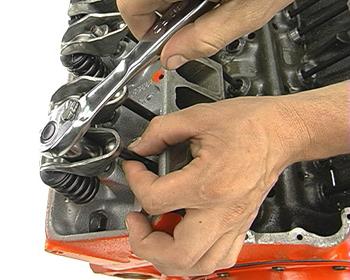
Now we take a special dipstick and measure the gap between the valves. Ideally, it shouldn't overshoot or get stuck. The stylus should travel the distance with little effort. If the device quietly flies through the gap or, conversely, is stuck halfway, then it is necessary to adjust the valves. In this case, take two open-end wrenches (usually 13 and 17 millimeters) and release the lock nut on the adjusting screw. Now you can safely set the required clearance.
What should be the gap?
It should be noted that absolutely on all cars given value is 0.15 millimeters. Moreover, this value does not depend on how the gas distribution mechanism of the car is arranged.
How often do you need to adjust the valves?
You need to set the gap immediately after obvious signs have been noticed. This is a loss of power, dynamics, characteristic "shots" from, and so on. If we talk about numbers, then the valves need to be adjusted every 20-30 thousand kilometers. If at the last mark you have neither exhaust nor loss of power, check the valve clearance anyway. So you can be sure that your iron friend is in good condition.
Also, after setting the required clearance, you can replace the shims on the upper side of the pushers. To do this, we turn and press the pusher inward using a special tool. After that we take out the washer. This can be done with a small screwdriver or magnet. But before pressing it back, we turn the device until it turns to the candles from the top side. Ideally, two pushers should be pressed at once. 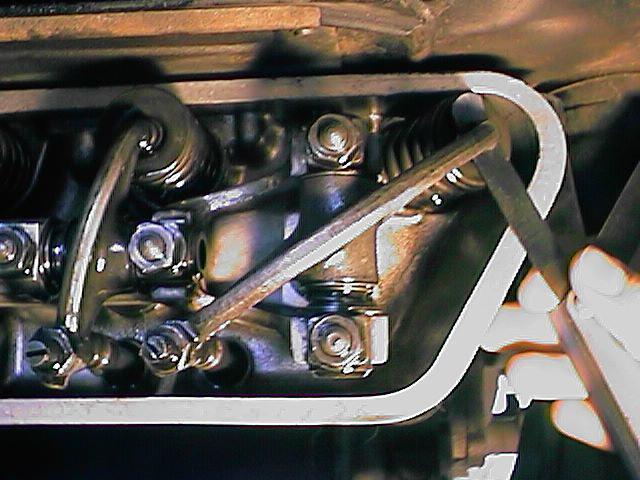
After the clearance has been set, we assemble everything in the reverse order and check the operation of the engine. It should not emit any clicks during operation and other characteristic sounds.
The question is how to check the valve you can ask a specialist in service center... The designers have made every effort to make the driver feel comfortable, comfortable and safe, and the repair and maintenance issues were shifted onto the shoulders of car services.
"Classic" - the car is not for the lazy
Repair and maintenance of your own car requires a lot of time, effort and money from the owner, especially if the owner really cares about the condition of the car. Each detail has its own secrets and you need to know how to handle it correctly, how to adjust or repair it. The usual procedure for domestic cars is to adjust thermal gap valves, on which the performance of everything depends.
We all know from the school physics course that any solid body expands when heated. Considering that for ICE operation very precise contact of some parts is important, the design of mechanisms with their participation is done taking into account the fact that a running motor heats up to a very high temperature and, accordingly, their linear dimensions change.
The valve disc must fit very tightly against the seat under all conditions. This is necessary to ensure sufficient. In order to prevent the valve stem from opening a gap during thermal expansion, an adjustable thermal gap is made between its end face and the element that exerts pressure. The size of the gap, depending on the model of the motor, can differ from 0.15 to 0.30 mm.
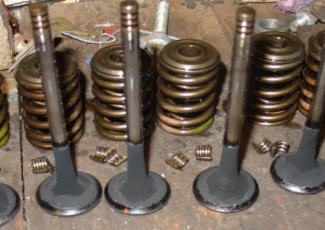
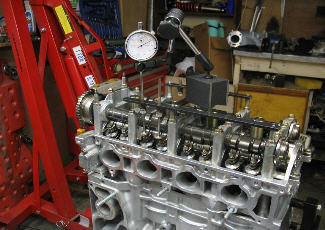
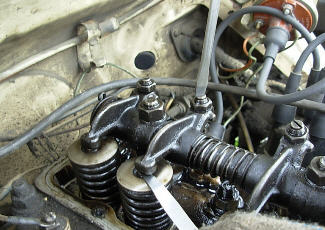
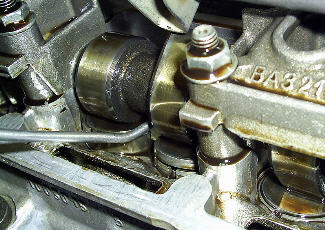
How to check valves by ear and in other ways?
Any driver who drives one car for some time gets used to its "habits", which can be used to determine the state of some systems. Checking the correctness of regulation of the thermal gap is carried out in three ways:
- By ear (a running engine emits a characteristic ringing, which can subside or disappear when the operating temperature is reached);
- having checked the degree (having approximately the same wear, each of the cylinders should show the same pressure values on the compression stroke. A significant difference may indicate the absence of a thermal valve clearance);
- using the adjusting dipstick.
Answering the question how to check the valve, it should be borne in mind that the most accurate method is to use a stylus or a bar with a micrometer. Using such diagnostics, you can immediately make adjustments.
How to properly adjust the valves and why shouldn't you be afraid?
The process of adjusting the thermal clearance of the valves should not cause fear among car owners. Of course, everything will not work out perfectly the first time, but after a little practice, the necessary skills will be acquired. The correctness of adjustments of thermal gaps directly depends on the availability and "consumables". In addition, you must have on hand a set of conventional auto tools in order to get to the gas distribution mechanism.
Depending on the type of engine timing, you must have:
- Probe (or a bar with a micrometer), two open-ended keys "13" and "17" (for cars VAZ 2101-07, GAS and the like);
- dipstick, valve recessing device, retainer, set of shims (for WHA 2108-09 and the like).
About, how to properly adjust the valve in each specific engine model, it is better to read the instruction manual for it. Compliance with the regulatory order is of paramount importance. Before starting the process, it is necessary to unscrew the spark plugs, set the piston of the first cylinder at TDC according to the marks, and then follow the order of the valves according to the diagram for each motor, turning the crankshaft by the required amount.
Whatever the device of the engine block head - with the classical method of adjusting the clearances or using washers, the whole process is reduced to ensuring that the clearance between the valve and the pusher is strictly specified. The adjustment itself is different in different types of motors. If in one case it is necessary to achieve the size of the gap by rotating the adjusting bolt, then in the other it is necessary to select the washer of the required thickness.
The valve is ...
A control valve is an armature used to regulate the pressure and fuel consumption of a vehicle. There are many types of these fittings.
What is valve adjustment?
So, a car has two valves on one cylinder (sometimes more). And one of them releases the exhaust gases (exhaust and intake), and the other starts the combustible mixture. The mechanism that sets the valves in motion is called a gas distribution mechanism (another name is valve). After the engine is heated, its parts expand. It follows from this that on a cold engine, there must be gaps, and strict ones, between certain parts. So, if something is knocking in the engine, you can hear incomprehensible extraneous sounds, then it's worth checking - maybe it's time to repair the valves?
Clearances
Valve adjustment is a very important process. If it is of poor quality, then malfunctions may occur because of this, which will lead to a bad result - just the efficiency of the engine will significantly decrease. Even the resources of its parts will become smaller. Small clearances can cause the valve seats to burn and burn. If they are large, then even worse - the engine will have poor performance.
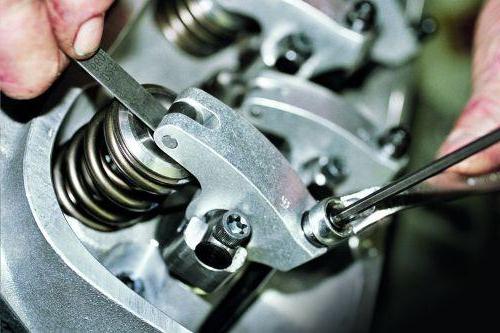 How often do you need to check?
How often do you need to check?
It is advisable to carry out a check every 20 thousand kilometers, if necessary, then it will be necessary to carry out such a process as adjusting the valves.
We deal with gaps
First you need to check if the engine is cold. Only then can the valves be adjusted. First, you need to install the cylinder piston at the compression dead center, which must be adjusted in advance. It is in this position that the valves are closed. Then you need to loosen the locknut on the adjusting bolt or screw. Then, using the adjusting bolt, you need to adjust the well 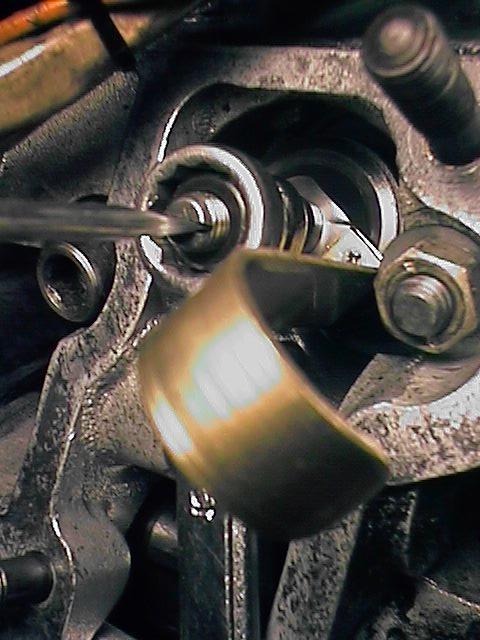 tight clearance and tighten the nut. The clearance may change after the lock nut is tightened. That is why you should be extremely careful when performing this operation. If the flat probe goes into it with some effort, then everything is set up correctly. If it is too heavy or easy, it is worth adjusting it more precisely.
tight clearance and tighten the nut. The clearance may change after the lock nut is tightened. That is why you should be extremely careful when performing this operation. If the flat probe goes into it with some effort, then everything is set up correctly. If it is too heavy or easy, it is worth adjusting it more precisely.
This topic is also worth touching on. If the tappets are damaged, it becomes difficult for the driver to start the engine. If this is not corrected in time, then the valve heads will simply be burned. Or, as the worst outcome, they can simply be broken. To fix this you need to install camshaft in such a position that the exhaust valve is fully open, and set the clearances in the remaining valves. To adjust them, you need to loosen the pusher bolt locknut. And then tighten the adjusting bolt so as to get the desired clearance on the dipstick. This is the procedure for adjusting the valves. The main thing is not to make a mistake in this painstaking process (however, as in any other that concerns the breakdown of an automobile part), so that later you do not have to completely replace already faulty parts.


